by Michael F. McNamara | Oct 10, 2017 | Current Events
I think these pictures… that I have collected over the years… say more than I ever can about why I’m offended by the National Football League.
And… “yes” I do understand… it is their right… I understand that because we fought for it.
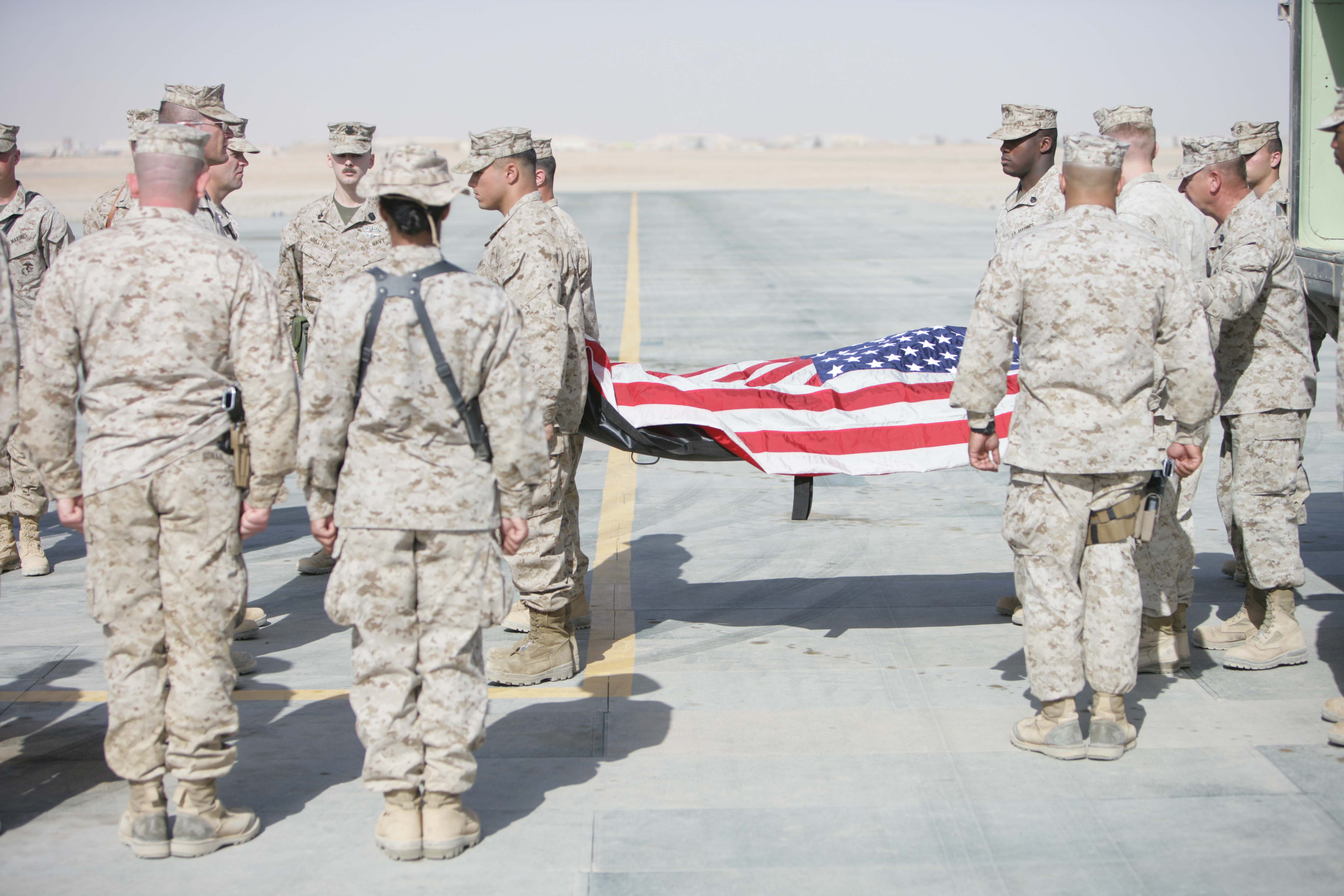
Over a body bag of a Marine KIA in the Helmand Province of Afghanistan
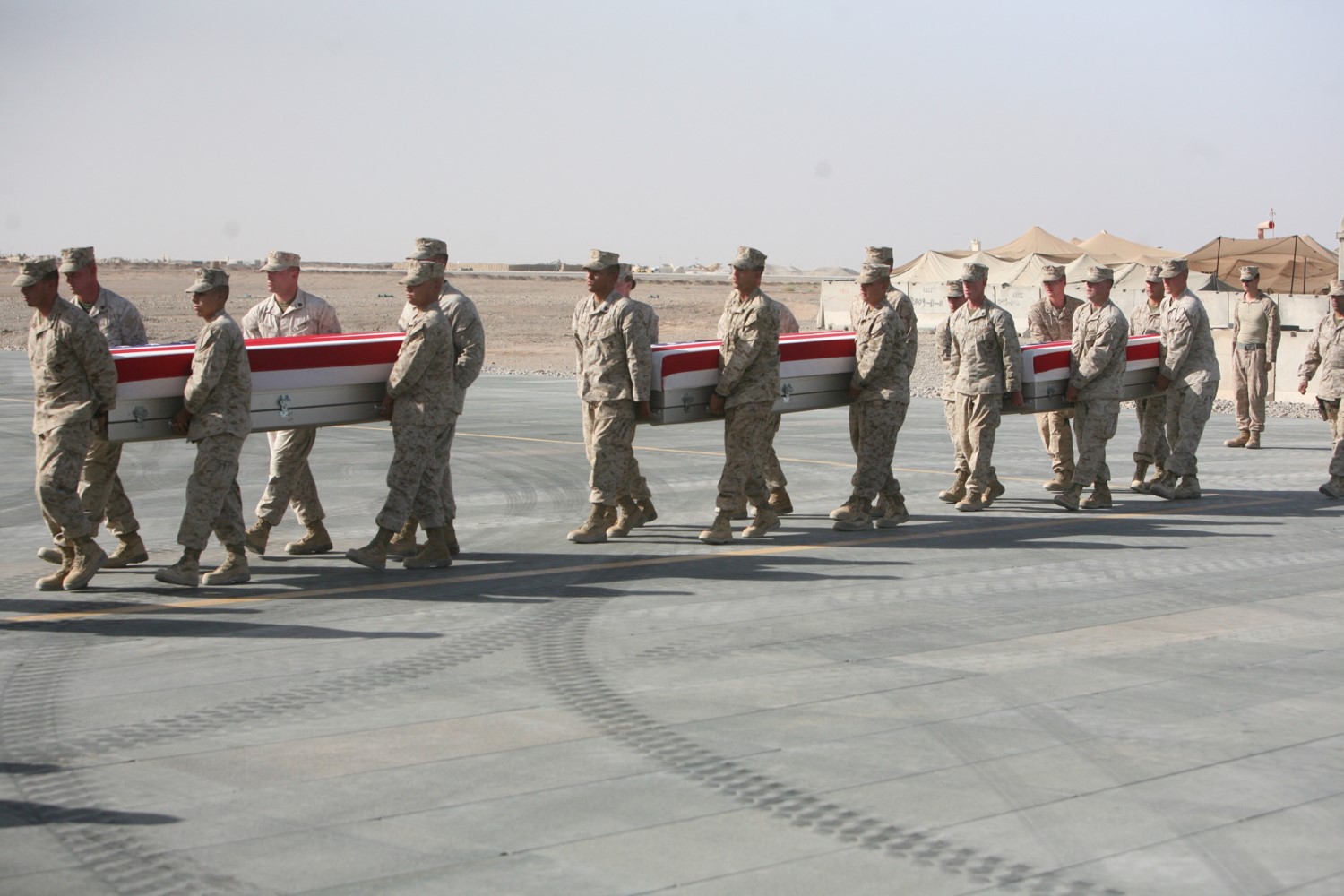
Over caskets as our Brave begin their journey home

Inside our C-130, never alone, with honors…
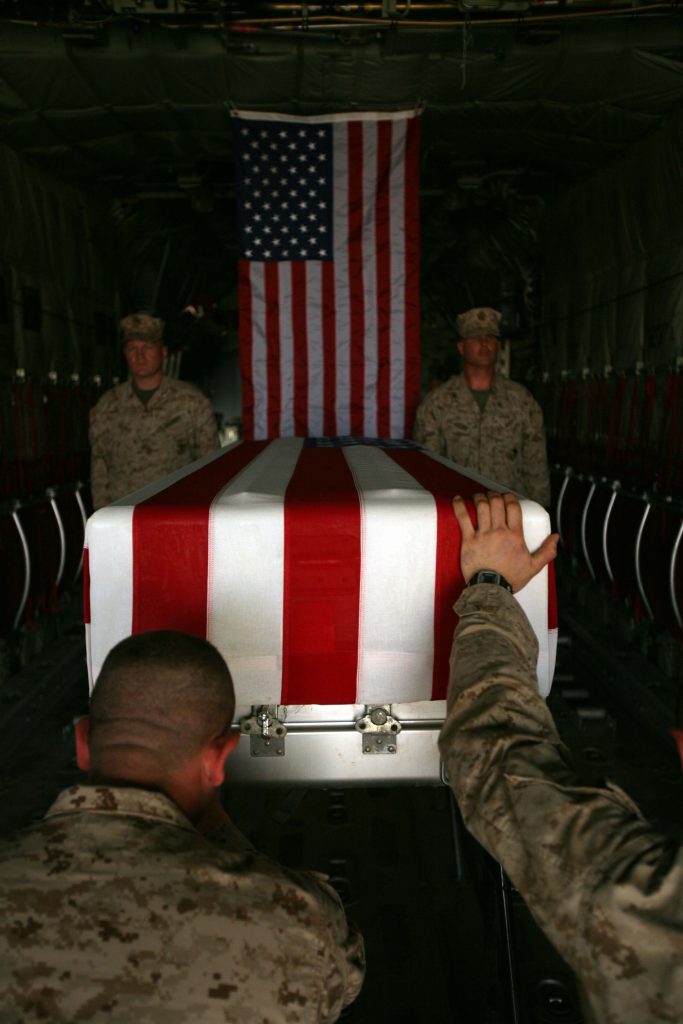
We say goodbye inside the C-130…

Goodbye… unlike what you know. And then back to the fight.
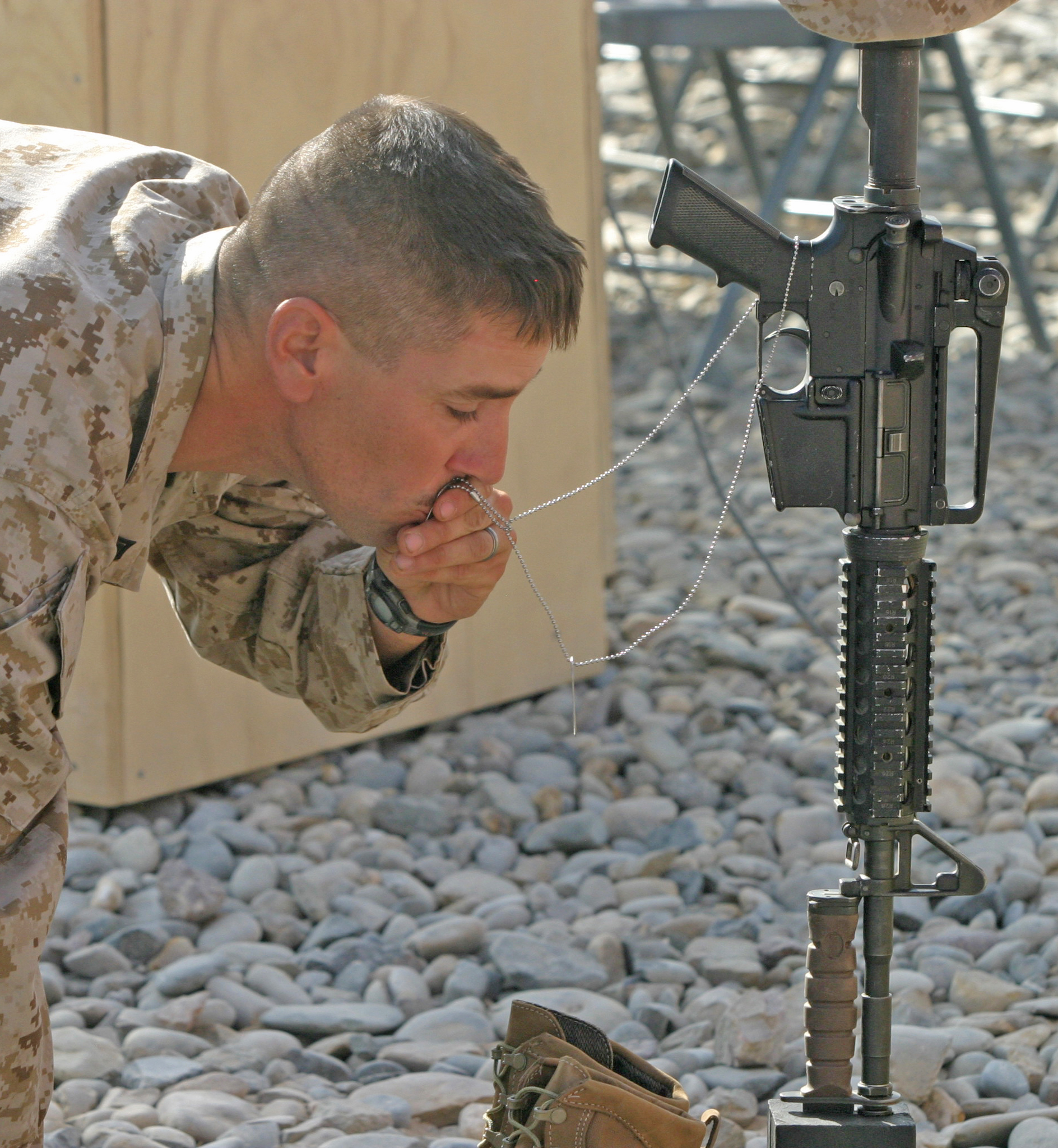
Goodbye… unlike what you can imagine. And then back to the fight.

A years worth of our heroic Marines, Sailors and Soldiers Killed In Action, for one single USMC Infantry Regiment… approximately 5,000 of us.

Going Home…
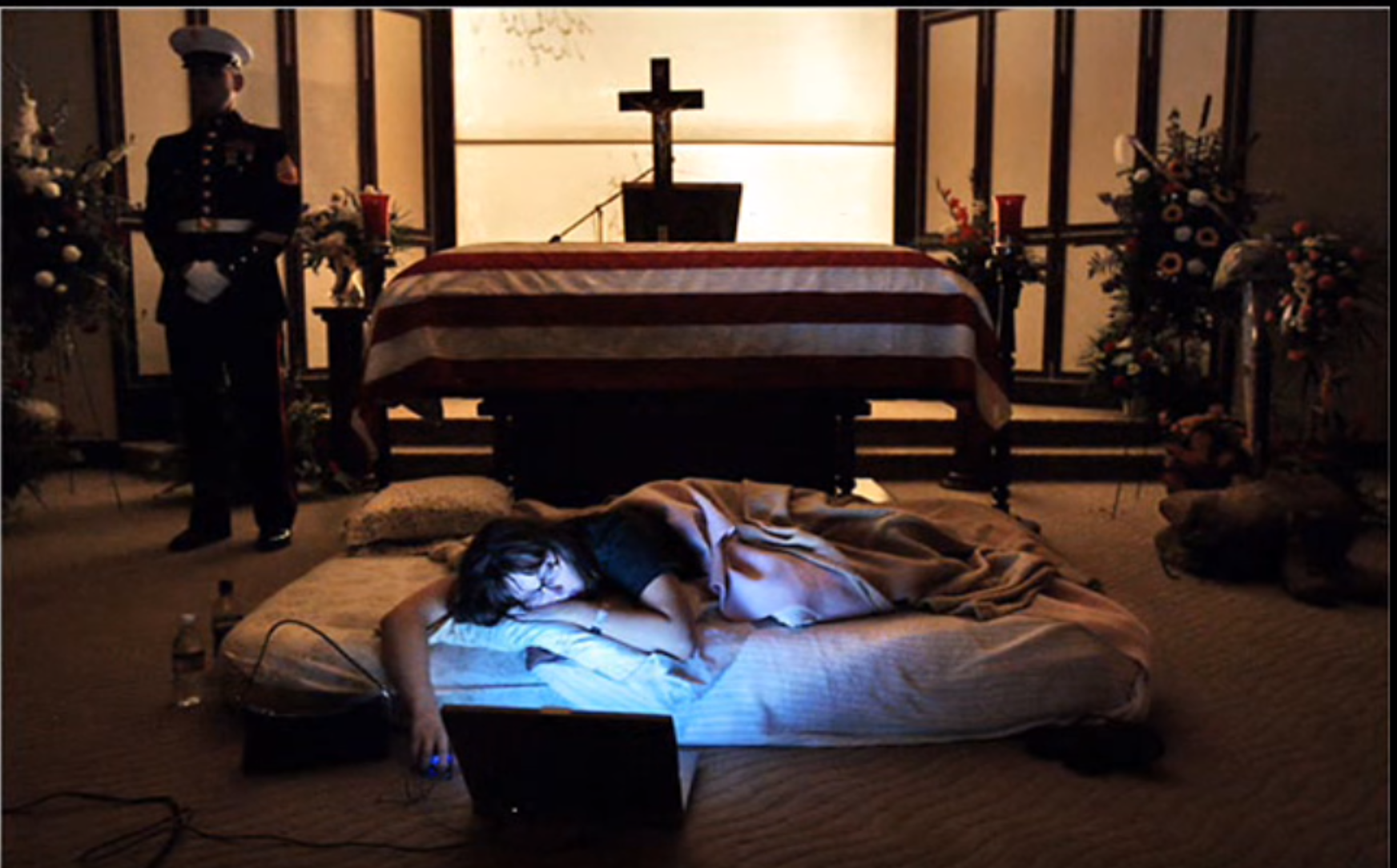
A last night together…

A final touch… carrying a child he’ll never meet or help raise…

We hail from every corner of the Nation…
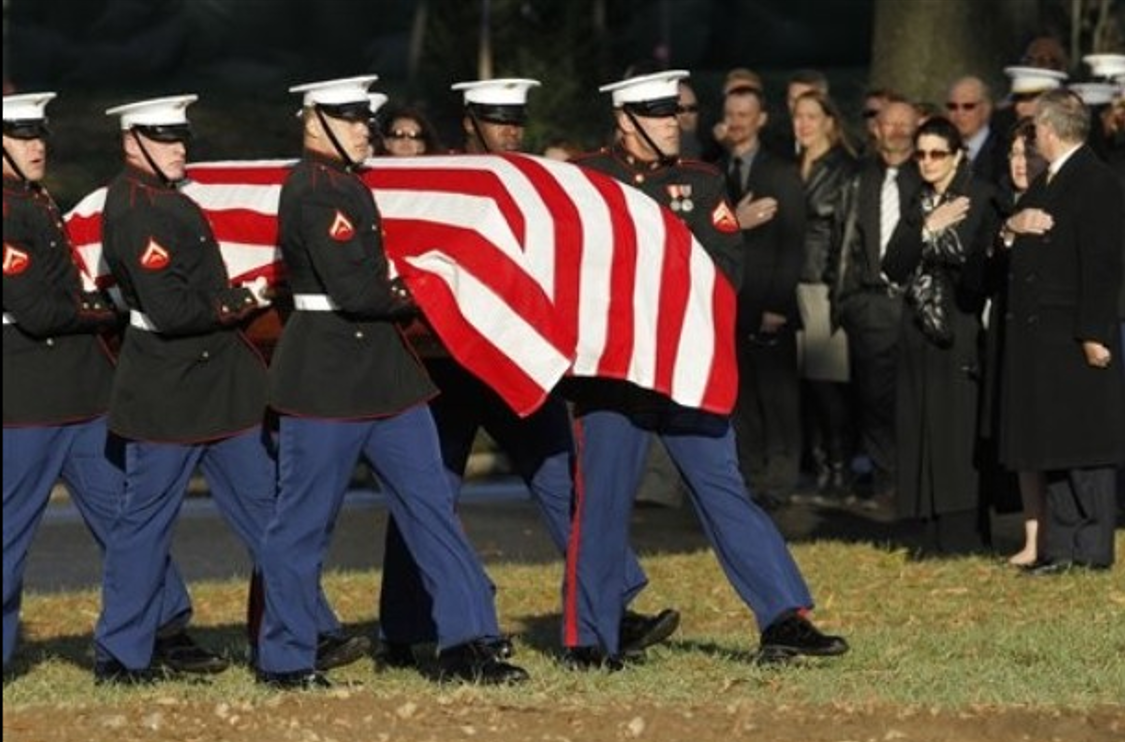
Every race, creed and color… we are all Marines
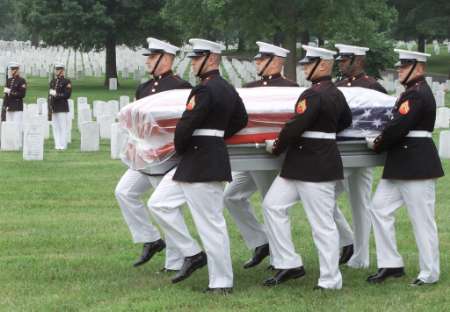
Devoted to each other… and our mission…

Even in death…
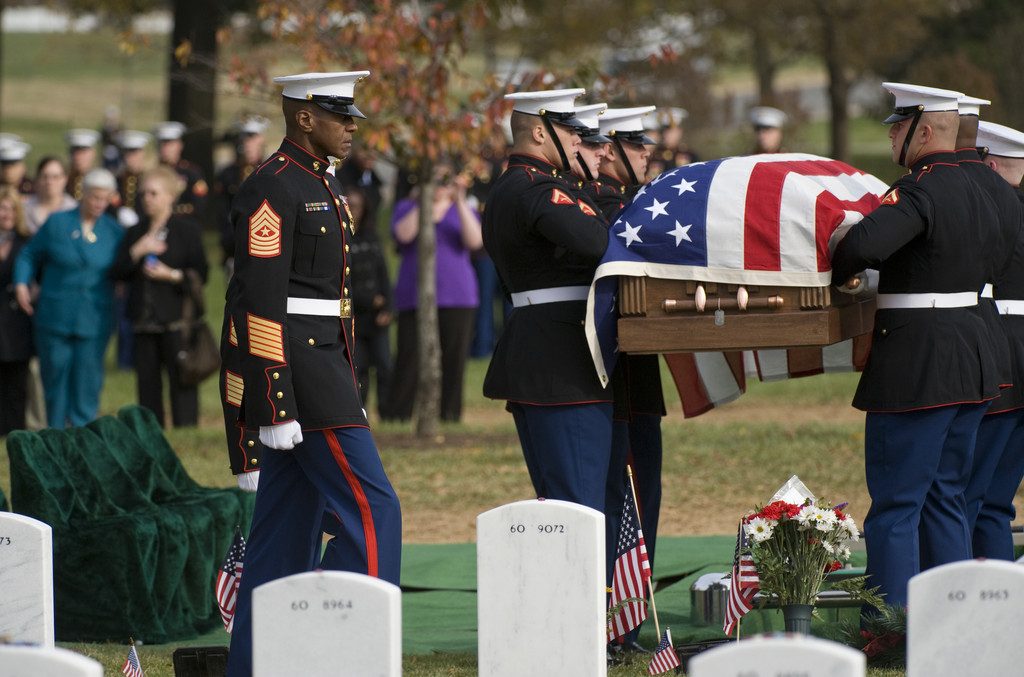
Our pride, discipline and devotion are designed to remind everyone…
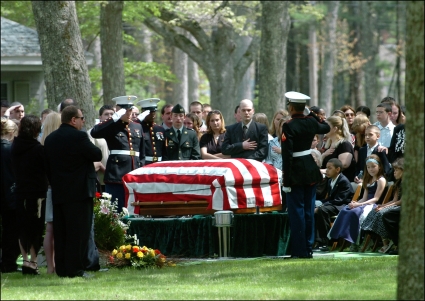
…we are MARINES. Our Flag symbolizes who we are.
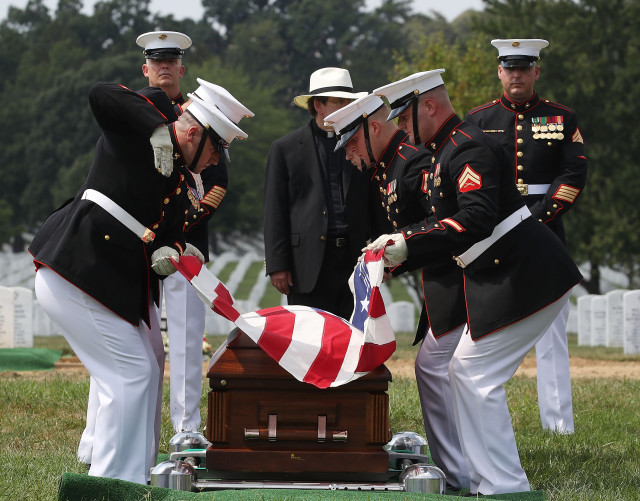
Preparing the Flag that will be presented…
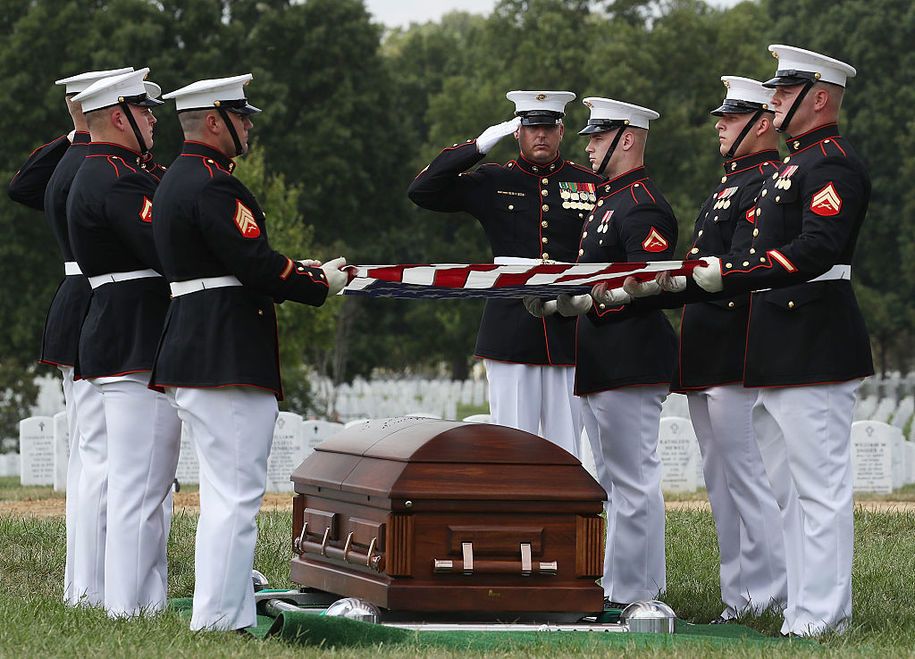
Honors…

This Flag, handled with meticulous care…

Their sacrifice and pain are so enormous… heartbreaking to watch.
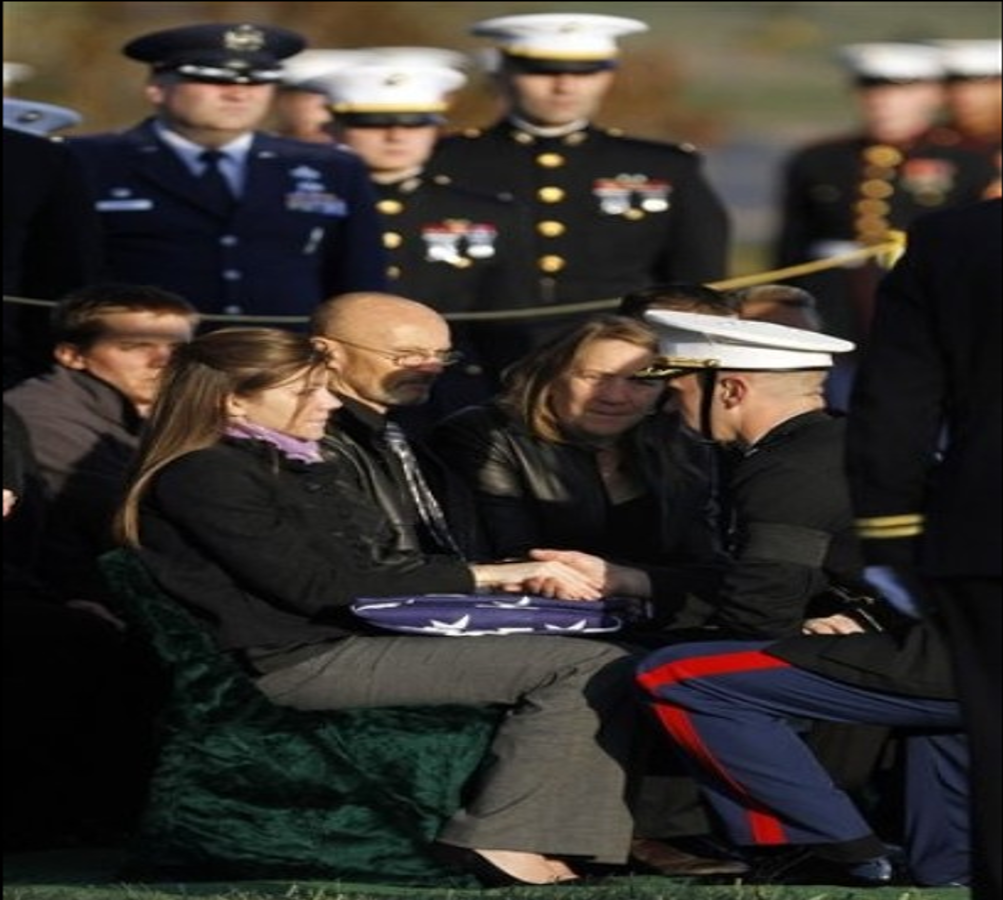
“On behalf of the President of the United States, the Commandant of the Marine Corps…
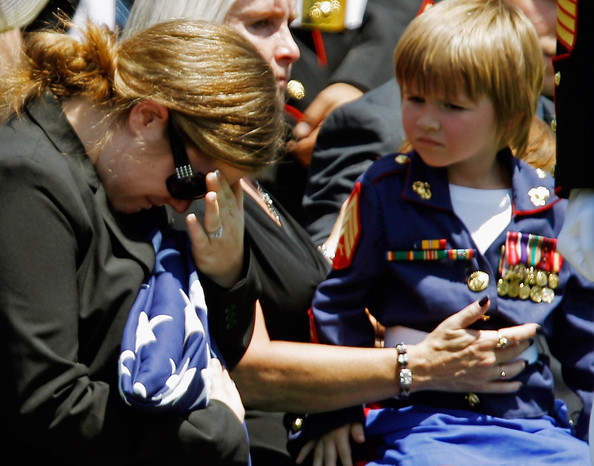
and a grateful Nation. Please accept this Flag as a symbol of appreciation…
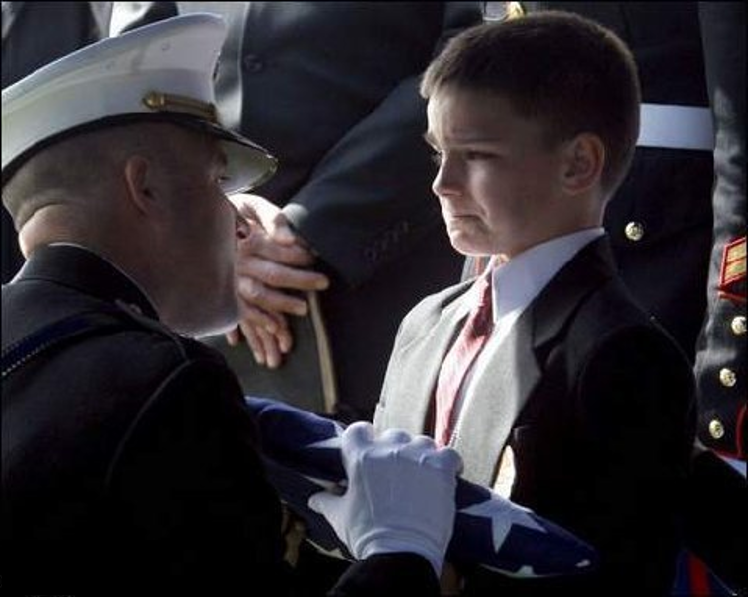
…for your loved one’s honorable and faithful service.” Semper Fidelis.
by Michael F. McNamara | Oct 9, 2017 | Current Events, US Navy

CDR Salamander
CDR Salamander is a retired U.S. Navy surface warfare officer, he’s done a blog and podcast (Midrats) for the last decade on issue that impact the U.S. Navy. He joined us to discuss the functioning of the bridge on a U.S. Navy warship, operational temp, training and education and upper echelon leadership that all have a hand in the issues that we have watched kill sailors in the U.S. 7th Fleet.
Podcast: Play in new window | Download
Subscribe: | More
by Michael F. McNamara | Oct 6, 2017 | Current Events, Food
 The ALL MARINE RADIO Head Chef joined us to talk the fine points of bacon selection and preparation. We also talk how to prepare and store “everyday bacon” that goes on all types of dishes.
The ALL MARINE RADIO Head Chef joined us to talk the fine points of bacon selection and preparation. We also talk how to prepare and store “everyday bacon” that goes on all types of dishes.
The “Big Salami” also premiers as our “bookie” and gives a few lead-pipe lock picks for this weeks baseball playoff games and college football games.
Podcast: Play in new window | Download
Subscribe: | More
by Michael F. McNamara | Oct 5, 2017 | Current Events

“Bump Stock”

100 Round 5.56mm Drum Magazine
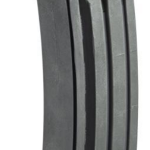
100 Round 5.56mm Magazine
The website fivethirtyeight.com recently ran an article entitled “I used to think gun control was the answer. My research told me otherwise“, the Washington Post ran the story yesterday and it was their “most read” story of the day. We’ll analyze the numbers the and you’ll be surprised by what you learn.
==============================================
I used to think gun control was the answer. My research told me otherwise.
By Leah Libresco
October 3, 2017
Leah Libresco is a statistician and former newswriter at FiveThirtyEight, a data journalism site. She is the author of “Arriving at Amen.”
Before I started researching gun deaths, gun-control policy used to frustrate me. I wished the National Rifle Association would stop blocking common-sense gun-control reforms such as banning assault weapons, restricting silencers, shrinking magazine sizes and all the other measures that could make guns less deadly.
Then, my colleagues and I at FiveThirtyEight spent three months analyzing all 33,000 lives ended by guns each year in the United States, and I wound up frustrated in a whole new way. We looked at what interventions might have saved those people, and the case for the policies I’d lobbied for crumbled when I examined the evidence. The best ideas left standing were narrowly tailored interventions to protect subtypes of potential victims, not broad attempts to limit the lethality of guns.
I researched the strictly tightened gun laws in Britain and Australia and concluded that they didn’t prove much about what America’s policy should be. Neither nation experienced drops in mass shootings or other gun related-crime that could be attributed to their buybacks and bans. Mass shootings were too rare in Australia for their absence after the buyback program to be clear evidence of progress. And in both Australia and Britain, the gun restrictions had an ambiguous effect on other gun-related crimes or deaths.
When I looked at the other oft-praised policies, I found out that no gun owner walks into the store to buy an “assault weapon.” It’s an invented classification that includes any semi-automatic that has two or more features, such as a bayonet mount, a rocket-propelled grenade-launcher mount, a folding stock or a pistol grip. But guns are modular, and any hobbyist can easily add these features at home, just as if they were snapping together Legos.
As for silencers — they deserve that name only in movies, where they reduce gunfire to a soft puick puick. In real life, silencers limit hearing damage for shooters but don’t make gunfire dangerously quiet. An AR-15 with a silencer is about as loud as a jackhammer. Magazine limits were a little more promising, but a practiced shooter could still change magazines so fast as to make the limit meaningless.
As my co-workers and I kept looking at the data, it seemed less and less clear that one broad gun-control restriction could make a big difference. Two-thirds of gun deaths in the United States every year are suicides. Almost no proposed restriction would make it meaningfully harder for people with guns on hand to use them. I couldn’t even answer my most desperate question: If I had a friend who had guns in his home and a history of suicide attempts, was there anything I could do that would help?
However, the next-largest set of gun deaths — 1 in 5 — were young men aged 15 to 34, killed in homicides. These men were most likely to die at the hands of other young men, often related to gang loyalties or other street violence. And the last notable group of similar deaths was the 1,700 women murdered per year, usually as the result of domestic violence. Far more people were killed in these ways than in mass-shooting incidents, but few of the popularly floated policies were tailored to serve them.
By the time we published our project, I didn’t believe in many of the interventions I’d heard politicians tout. I was still anti-gun, at least from the point of view of most gun owners, and I don’t want a gun in my home, as I think the risk outweighs the benefits. But I can’t endorse policies whose only selling point is that gun owners hate them. Policies that often seem as if they were drafted by people who have encountered guns only as a figure in a briefing book or an image on the news.
Instead, I found the most hope in more narrowly tailored interventions. Potential suicide victims, women menaced by their abusive partners and kids swept up in street vendettas are all in danger from guns, but they each require different protections.
Even the most data-driven practices, such as New Orleans’ plan to identify gang members for intervention based on previous arrests and weapons seizures, wind up more personal than most policies floated. The young men at risk can be identified by an algorithm, but they have to be disarmed one by one, personally — not en masse as though they were all interchangeable. A reduction in gun deaths is most likely to come from finding smaller chances for victories and expanding those solutions as much as possible. We save lives by focusing on a range of tactics to protect the different kinds of potential victims and reforming potential killers, not from sweeping bans focused on the guns themselves.
Podcast: Play in new window | Download
Subscribe: | More























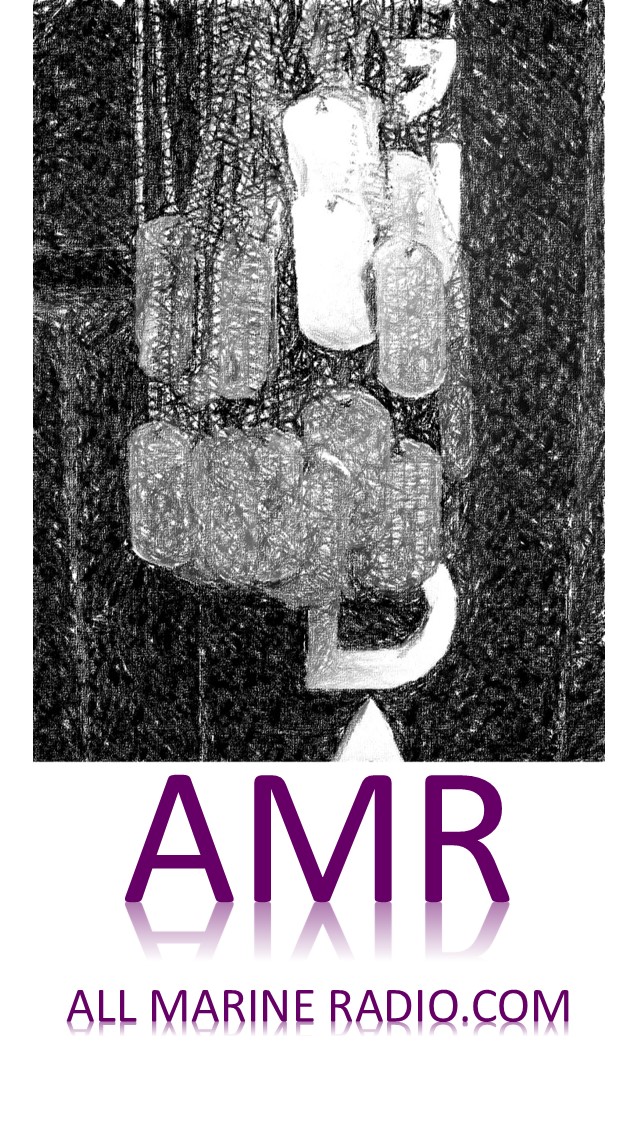

 The ALL MARINE RADIO Head Chef joined us to talk the fine points of bacon selection and preparation. We also talk how to prepare and store “everyday bacon” that goes on all types of dishes.
The ALL MARINE RADIO Head Chef joined us to talk the fine points of bacon selection and preparation. We also talk how to prepare and store “everyday bacon” that goes on all types of dishes.


